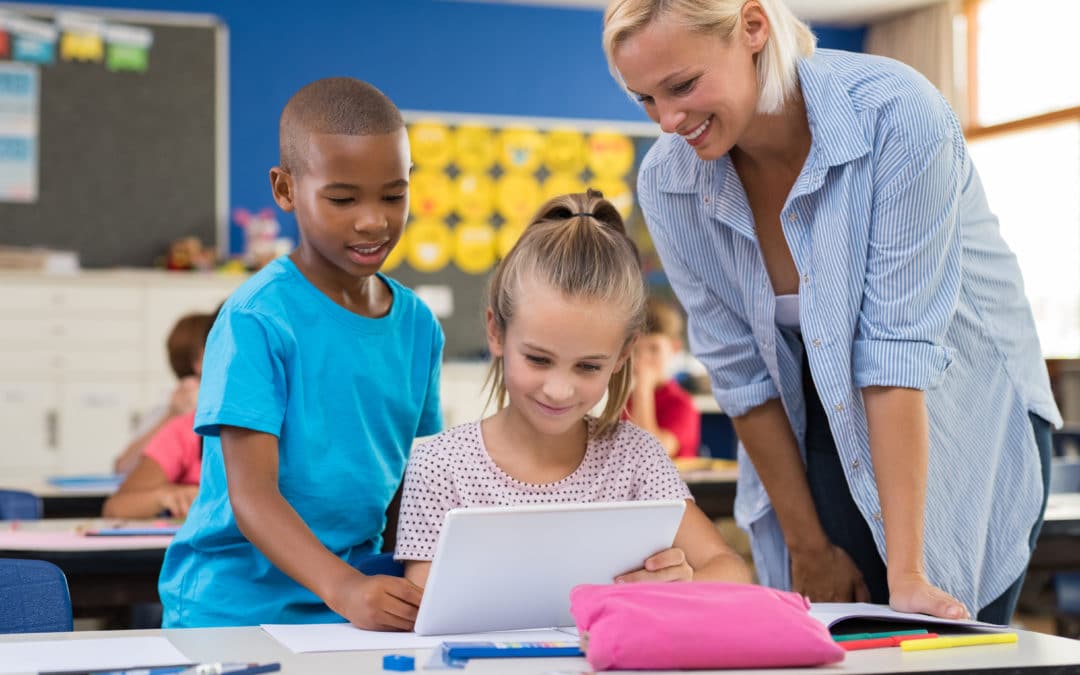
by California Casualty | Educators |
The term “classroom management” implies a process used by teachers to ensure students are learning during instruction even while disruptive behavior is occurring. Teachers use a variety of strategies and techniques to prevent distracting behaviors or to impose consequences for said behavior. Classroom management has become increasingly more important as the stakes continue to rise for students to score better and achieve higher. At the same time, management has become more difficult during the technology-rich era of instant gratification.
Enter classroom management technology. These web-based programs and apps allow teachers to take the burden off of classroom management and focus on instruction.
Google Classroom – Google Classroom is a platform for teachers to create, distribute, and grade assignments paperlessly. Students can receive assignments and other information with their device or desktop. You must have a Google Education account to use this program and sign up is free.
Edmodo – Edmodo is a secure, social learning platform for teachers and students. Teachers can share information, post assignments, and store vital information for parents and students to access. It is similar to Facebook but a controlled environment that is school appropriate.
Too Noisy – The Too Noisy App ($3.99) is a noise level meter that tracks the sound level in the classroom. The app will indicate noise level increases beyond the acceptable level.
The Great Behavior Game – For K-5 students, the Great Behavior Game rewards students for displaying on-task behavior during instructional times. Monitor student progress, generate and print reports, and send home weekly progress reports.
Teacher’s Assistant – “Document student behavior and communicate with parents. Teacher’s Assistant helps you track behavior, notice trends, communicate with parents, and manage your students.” You can create categories to monitor recurring behaviors like talking, bullying, etc. It also allows you to log positive behavior. Try the free version (iOS) or upgrade to Pro on iPad, iPhone, and Android.
Class Dojo – Encourage positive student behavior using a virtual reward system. Using private, digital student portfolios, students can showcase their work for their parents to see. Teachers can share photos, videos, announcements, and message parents. Class Dojo can translate into any language. Download the app for use on your device or log in using your desktop computer.
Teacher Kit – This is great for K-12 and beyond. Manage multiple classes and students simultaneously. Log student attendance, record grades, track behavior, create student seating charts, and print and share reports. You can download the app on your device or use Teacher Kit on the web.
Learn Boost – LearnBoost allows teachers to create and manage lessons, track grades, share student progress with parents, and monitor attendance in a secure platform.
What is your favorite classroom management program or app?
This article is furnished by California Casualty, providing auto and home insurance to educators, law enforcement officers, firefighters and nurses. Get a quote at 1.866.704.8614 or www.calcas.com.

by California Casualty | Educators |
Our Education Blogger is a public school teacher with over a decade of experience. She’s an active NEA member and enjoys writing about her experiences in the classroom.
Educators spend 4 years in college learning how to be effective teachers. However, they are never really taught how to handle situations with difficult or upset parents. Here are a few tried and true tips for teachers when dealing with a difficult parent of a student.
Listen
The most important thing you can do is listen. Let the parent share first and don’t interrupt. Parents deserve to be heard, even if you feel that their concerns are ill-founded.
Acknowledge Parent Concerns
Let parents know you are aware of their specific concerns, regardless of your feelings on the issue. When you and the parent are “on the same page,” you can begin to work together toward a remedy.
Face-To-Face Meetings Are Best
Talk to parents in person. Meeting parents face-to-face is recommended, but a phone call will do if necessary. Speaking in person allows both parent and teacher to focus solely on the issue at hand. It is also good to avoid emails. The tone in an email can be easily misinterpreted and cause unnecessary confusion and frustration.
Don’t React
Remain calm, polite, positive, and professional when interacting with an upset parent. When a parent lashes out, it is simply a sign of their frustration. Calmly remind the parent that you have their student’s best interests in mind. If the parent becomes belligerent or aggressive, ask to continue the meeting another time. It’s okay to be an advocate for yourself if you are feeling uncomfortable or unsafe. If you think a parent meeting might get nasty, ask your administrator to attend.
Keep A Paper Trail
Document everything! Keep track of student behaviors and consequences, and parent communications. The “evidence” will speak for itself if necessary.
Stick To The Facts
It may be difficult, but you should keep your own opinions and emotions at bay. Dragging your feelings into the situation will not help the student. Your focus should remain on the student and the concerns you have. What facts will you use? Test scores? Behavior log? Grade book?
Use Everyday Language
Don’t bombard parents with education lingo and acronyms that they may not understand. Instead, use everyday language, or provide explanations. You don’t want an already upset parent to become frustrated.
Be Kind
Show the parents that you genuinely care about their student. Provide some examples of the student’s strengths, or positives. By doing this, you demonstrate that you have built a strong relationship with their students.
* If you find yourself dealing with a parent who becomes abusive, or poses a threat of danger to you or the student, please immediately contact your administrator, local police, or your NEA representative.
Recommended Reading:
How To Handle Difficult Parent: Proven Solutions for Teachers by Suzanne Capek Tingley
Dealing With Difficult Parents by Todd Whitaker & Douglas J. Fiore
This article is furnished by California Casualty, providing auto and home insurance to educators, law enforcement officers, firefighters and nurses. Get a quote at 1.866.704.8614 or www.calcas.com.
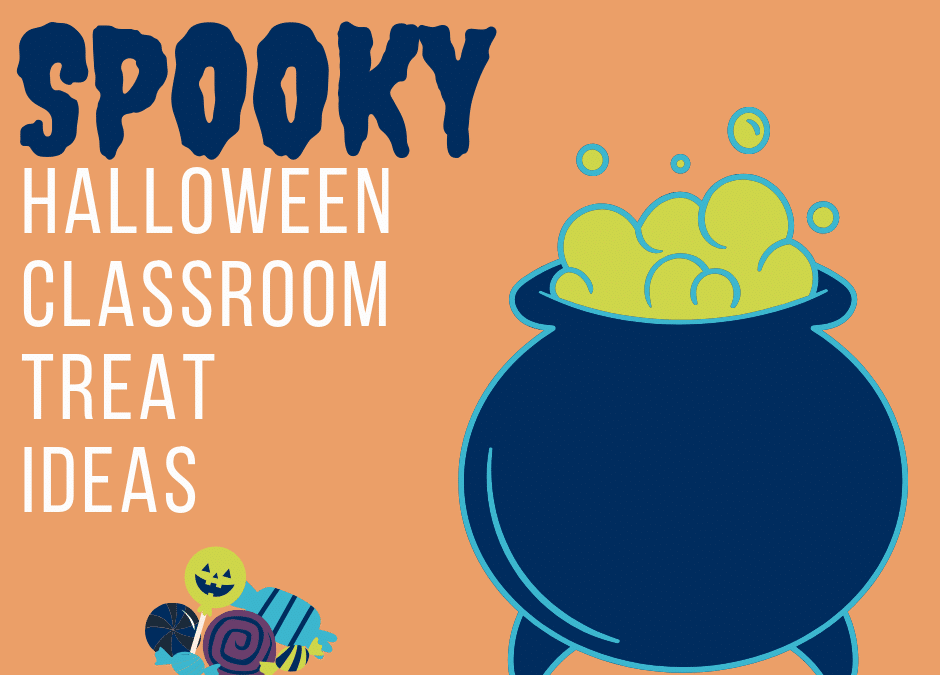
by California Casualty | Educators |
Everyone knows the best part of Halloween is the candy and no one knows better than our little trick-or-treaters. Make their day in the classroom a little more festive (and a lot more creepy) this Halloween with some spooky and sweet treats that will stop them dead in their tracks- pun intended. Halloween classroom treats
Whether you are a teacher making goodies for your students or a parent throwing a classroom Halloween party, make it spook-tacular by whipping up one or more of these Halloween Classroom Treats that are equal parts easy-to-make and delicious-to-eat.
Below are homemade ideas, store-bought, and even non-candy options. So, what are you waiting for? Start Scrolling!

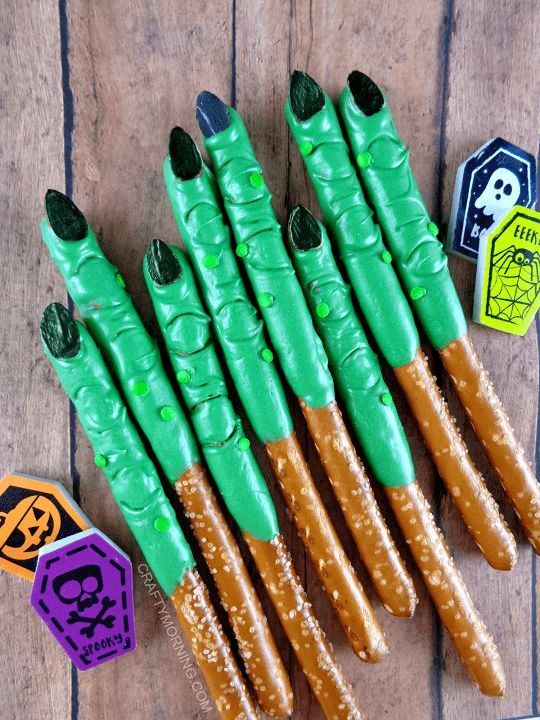






Jack-O-Lantern Floats

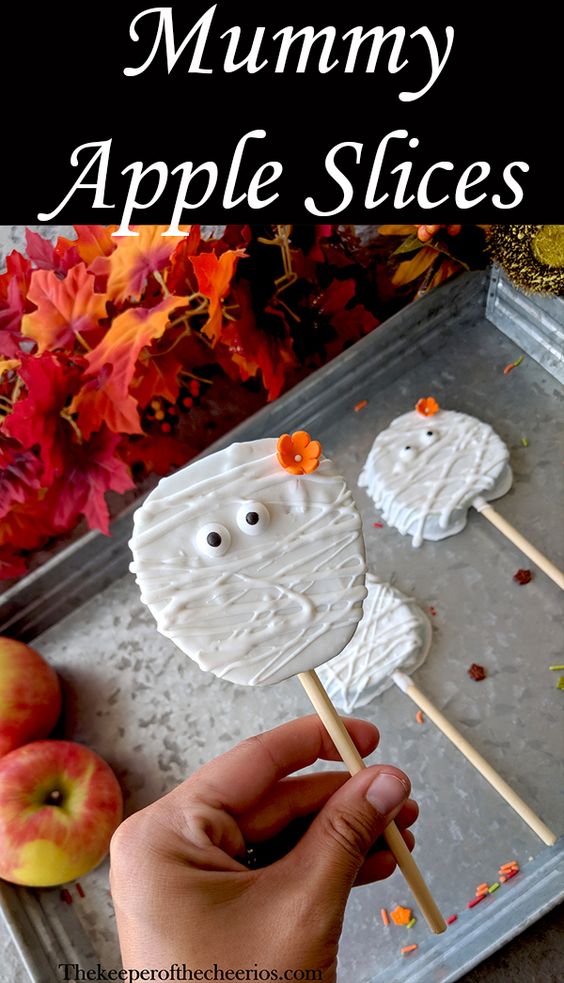










Check out our Pinterest board “Easy Halloween Treats” for more fun and spooky ideas! While you’re there, don’t forget to give us a follow at California Casualty to stay up to date on every new Halloween recipe we discover! Scan our Pincode with your Pinterest camera to follow:

All set with Halloween Classroom Treats but still trying to decide on a costume? Check out the Halloween Costume Ideas for Teachers post for some classroom-friendly ideas and inspiration.
This article is furnished by California Casualty, providing auto and home insurance to educators, law enforcement officers, firefighters, and nurses. California Casualty does not own any of the photos in this post, all are sources by to their original owners. Get a quote at 1.866.704.8614 or www.calcas.com.
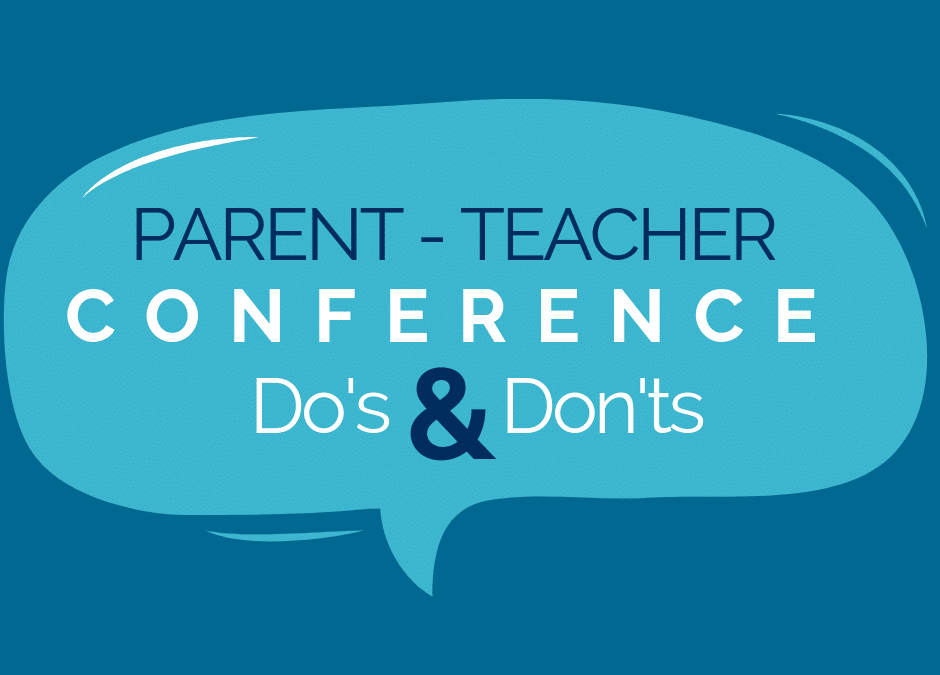
by California Casualty | Educators |
It’s time again to meet with parents and guardians of your students one-on-one during parent-teacher conferences. You may have had interactions with students’ families before, but this time, it’s a little more serious. Unfortunately, you may only have 15 minutes to discuss student progress. These time constraints can make conference time stressful for teachers. Be prepared and make your conferences meaningful by using our quick parent-teacher conferences guide.
Parent-Teacher Conferences – Do’s & Don’ts
Do:
- Share specific examples of student work or behavior. If a student is struggling with a concept or in a subject area, provide “evidence.”
- “Sandwich” negative information. Start with positive information, share the negative, and end with another positive.
- Ask parents to share concerns prior to their conference. If you have this information ahead of time, you will be better prepared to answer questions during the conference.
- Be tactful. Communicate any concerns with clarity but also with sensitivity.
- Display student work. Parents like to see what students are working on.
- Hang a sign outside your door indicating a conference is taking place. I like to add a note that invites parents to knock quietly on the door if their conference time has arrived.
- Provide a comfortable, welcoming environment. I always have a few things on the table during conferences: tissues, pens and pencils, sticky notes, candy, and breath mints. I also like to play light, classical music in the background. To make the room smell “home-y,” I use plug-in air-fresheners, scented wax warmers, or candles. In the hallway, I place chairs, children’s books, blocks, and other toys to keep little ones busy while their parents are waiting.
- Emphasize the positive. Show parents you really know and care about their students by providing some examples of student strengths.
- Keep the focus on the student. Your time is limited. Veering off topic isn’t productive.
- Recommend resources. Have a handout prepared that includes resources for all students (websites, apps, books, activities, etc.).
Don’t:
- Sit behind your desk. It can make some parents uncomfortable and makes you look inaccessible. Instead, sit at a table in the classroom and provide plenty of chairs. Sitting on the same side of the table sends the message that you want to work WITH parents.
- Tell parents what they should or shouldn’t do. Provide specific suggestions.
- Do all of the talking. Invite parents to ask questions and provide feedback.
- Speak using educational jargon. Use everyday language and avoid acronyms, euphemisms, and professional terms.
- Provide too many suggestions for student improvement. It can be overwhelming for parents. Focus on a few things for a student to work on.
- Forget to invite all parents/guardians to the conference. You don’t have to conduct separate meetings for each set of parents (unless you want to). Share with families that conference slots are limited and that meeting together will allow other families to sign up for a conference.
- Forget the data! Whether it’s your computer, a student data folder, or printed test results, keep it handy for easy access during a conference. Seeing a student’s progress in graph form can be helpful for parents.
- Make assumptions. If you speculate about what happens outside of school, you create a tense atmosphere and parents may feel defensive.
Our Education Blogger is a public school teacher with over a decade of experience. She’s an active NEA member and enjoys writing about her experiences in the classroom.
While you’d prefer to have a fantastic relationship with the parents or guardians of every one of your students, we know it isn’t always possible. Be sure to check out How Educators Can Deal With Difficult Parents for some helpful tips on handling difficult situations.
This article is furnished by California Casualty, providing auto and home insurance to educators, law enforcement officers, firefighters and nurses. Get a quote at 1.866.704.8614 or www.calcas.com.
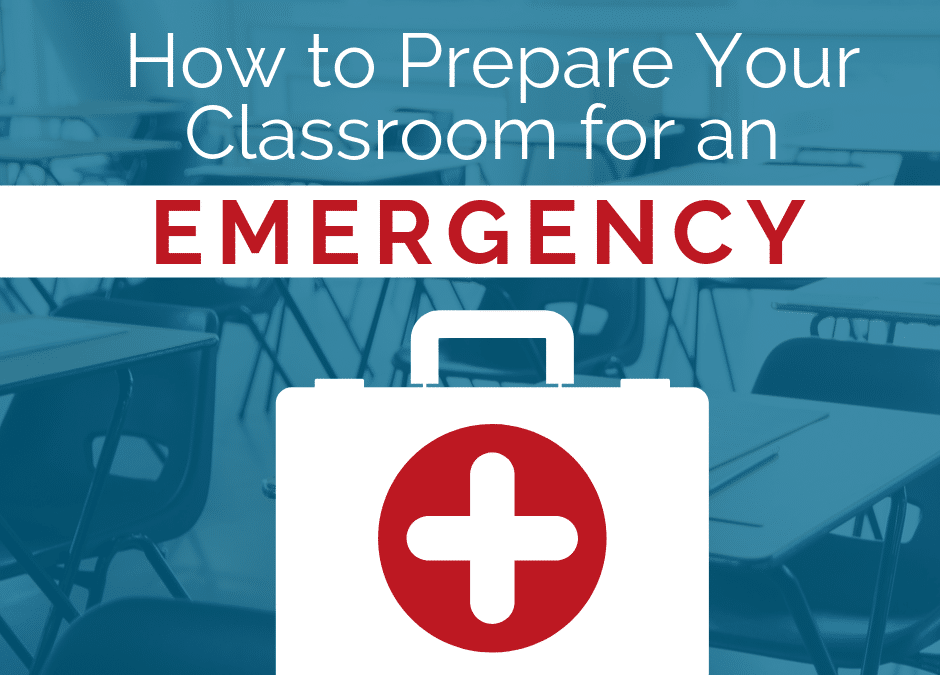
by California Casualty | Educators |
Our Education Blogger is a public school teacher with over a decade of experience. She’s an active NEA member and enjoys writing about her experiences in the classroom.
Emergency situations can happen any place and at any time, that is why it is important to prepare your classroom for any type of emergency.
1. Know Your School Emergency Procedures
Be aware of your building’s emergency procedures, how often drills are practiced, and the expectations of teachers and students during such drills. Your building should have protocols in place in the event of a fire, tornado (in certain regions), earthquake (in certain regions), intruder, and medical emergencies. Take time each month to review procedures with students and go over lockdown/evacuation routes and guidelines.
2. Learn where Medical Equipment is Located
Does your building have an AED (Automated External Defibrillator)? All fifty states have laws or regulations requiring that AEDs be available in public gathering places, and in some states this means schools must keep and maintain AEDs. Find out where the AED is located in your building. If you haven’t been trained on how to use it, ask your administrator to arrange a time when staff can be shown how to use it. If your building doesn’t have one, contact your administrator or school board.
3. Keep an Updated Class Roster With Important Information
Check your class lists to identify students with medical conditions. If necessary, talk with your school nurse about what to do for these students in emergencies. For more serious conditions, have a plan in place with the office and nurse if a serious medical event occurs. In most situations, students with serious medical issues will have some sort of individual health plan (IHP) on file for your reference. If a student who has an ongoing medical condition does not have an IHP, contact your building nurse who can get the process going if the family requests it.
4. Ask Your School to Invest in Emergency Staff Training
If you haven’t been trained in first aid, CPR, or other important emergency procedures recently, ask your administrator or nurse to arrange regularly scheduled training for staff.
5. Emergency Supplies You Should Keep In Your Classroom
These classroom emergency supplies should be stored in the classroom in the event of a shelter-in-place situation due to an emergency or lockdown. If your school does not furnish emergency supplies, ask your building’s parent-teacher organization, a local Boy or Girl Scout troop, or even an area church, for assistance obtaining supplies.
-
- bucket (can be used to store items, can also be used as an emergency restroom)
- tissues and toilet paper
- baby wipes
- disinfecting wipes
- blankets or large towels
- flashlight and batteries
- hard candies
- first aid kit with medical gloves and instruction manual
- folder marked “confidential” with:
-
-
- class list with student pictures
- student emergency contact information
- list of students with special needs and description of needs (i.e. medical issues, prescription medicines, dietary needs)
- list of school emergency procedures
- plastic bags or sheeting
- work gloves
- duct tape
- masks
- whistle
- can opener
- food
- water (pouches or small bottles)
- activities for students (cards, inflatable ball, travel games)
These items should mirror the items you have in your family’s emergency preparedness kit.
6. Create a Classroom “Go Bag”
If your school doesn’t provide one, create a classroom “Go Bag” with necessities. An old backpack works well. Place or hang it near your classroom emergency exit. The bag is meant as a portable supply kit if a building evacuation is necessary. Recommended items include:
-
- water pouches or small water bottles
- first aid kit
- whistle
- baby wipes
- disinfecting wipes
- tissues or toilet paper
- paper, markers, pencils
- flashlight and batteries
- list of school emergency procedures
- activities for students (cards, inflatable ball, travel games)
- folder marked “confidential” with:
- class list with student pictures
- student emergency contact information
- list of students with special needs and description of needs (i.e. medical issues, prescription medicines, dietary needs)
Be sure to update your supply kits and bags yearly. Replace any expired items and be sure each kit is properly stocked and stored.
Are you prepared for an emergency at school? What emergency preparedness advice would you give fellow educators? Leave your thoughts in the comment section!
This article is furnished by California Casualty, providing auto and home insurance to educators, law enforcement officers, firefighters, and nurses. Get a quote at 1.866.704.8614 or www.calcas.com.
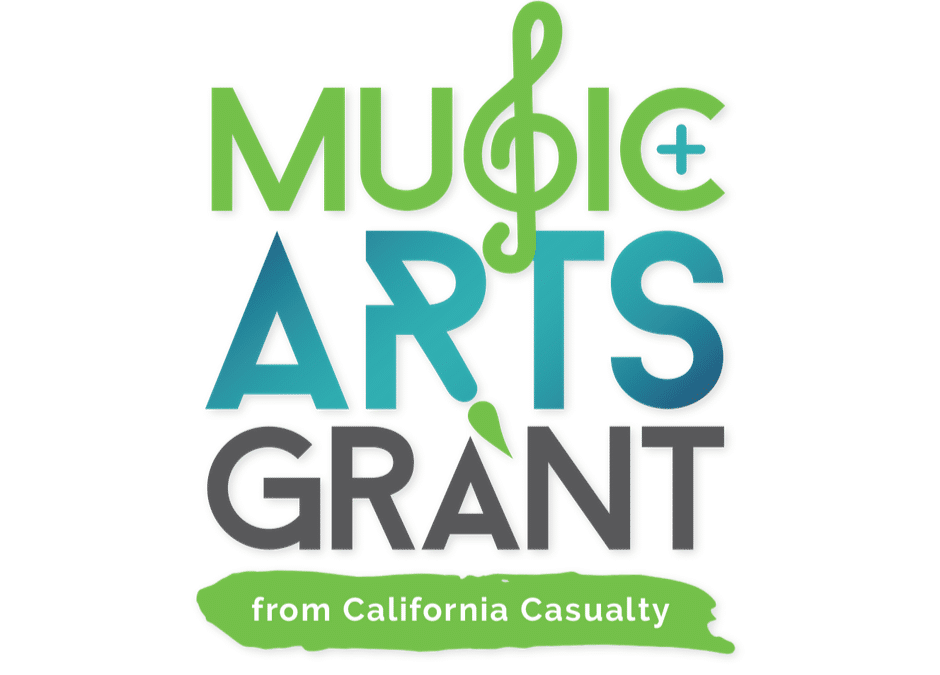
by California Casualty | Educators |
San Mateo, CA, September 16, 2019 – One hundred and thirty nine public schools in 31 states will be receiving a $250 Music and Arts Grant from California Casualty. A total of $34,750 is going to provide materials, supplies, and instruments for art, music, and performance programs at the schools.
The Music and Arts Grant is designed to foster creativity in schools, such as choir, band, dance, film, theater, computer arts and graphics, or any K-12 curriculum that employs art for learning.
Examples of how the $250 grants for 2019 will be used include:
- Purchasing special adaptive instruments for the Special Education Center at Mark Twain School in Garden Grove, CA, that serves special needs and medically fragile students.
- Supplying watercolor sets for third grade students at Homer Davis Elementary School in Tucson, AZ.
- Providing recorders for each music class student at Marie Roberts-Caney Elementary School in Lost Creek, KY.
- Acquiring Diary of a Whimpy Kid books to foster the reading program at Garfield Elementary School in Yakama, WA.
- Supplementing various art supplies (that the instructor often purchases with her own funds) at the Classical Studies Magnet Academy in Bridgeport, CT.
- Buying an additional camera to allow more students to participate in the photography program at Filer High School in Filer, ID.
The entire list of Music and Arts grantees can be found here.
California Casualty has partnered with education associations since 1951. We understand the importance of music and arts education for children. Numerous studies have concluded that sharing a love of the arts enhances students’:
- Brain development
- Creativity
- Classroom involvement
Music and art curriculum has also been shown to reduce disciplinary issues and dropout rates.
Unfortunately, many schools have reduced or eliminated music and arts education because of budget cuts. California Casualty hopes to fill the need with the Music and Arts Grant.
“Students love to showcase their creativity, and helping educators keep music and arts in the forefront of every-day learning is absolutely the right thing for us to do,” said California Casualty AVP Brian Goodman.
A pilot program in 2018 helped 50 programs at 46 schools in Kansas, Minnesota and Washington. This included purchasing ukuleles for the Kennydale Elementary School (WA) music and dance program, where music instructor Nikki Skinner said, “I look forward to, seeing students learn about reading music, playing as a group, working together and listening to each other as they grow and delight in their performance and celebrate an accomplishment.”
Dena Enyeart, at Cascade Middle School in Longview, WA, wrote this thank you note, “I was able to take the money from the Music and Arts Grant and have my students create ornaments. Other teachers made them with students too. We had 25 tables for our November Bazar, and raised over $1,200. This money has been used to help students in need finance their 8th grade trip to Washington, D.C., and we were able to purchase close to 80 shirts for students at our school (to promote school unity. Thank you California Casualty for the opportunity to apply for the Music and Arts Grant. My kids not only loved making clay items, it ended up benefiting our entire school.
Public K-12 schools needing funding for an arts or performance program can apply for the 2020 Music and Arts Grant from California Casualty at www.calcasmusicartsgrant.com.
Founded in 1914, California Casualty provides the NEA Auto and Home Insurance Program. Headquartered in San Mateo, California, with Service Centers in Arizona, Colorado and Kansas, California Casualty has been led by four generations of the Brown family. To learn more about California Casualty, or to request an auto insurance quote, please visit www.calcas.com/NEA or call 1.866.704.8614.



























